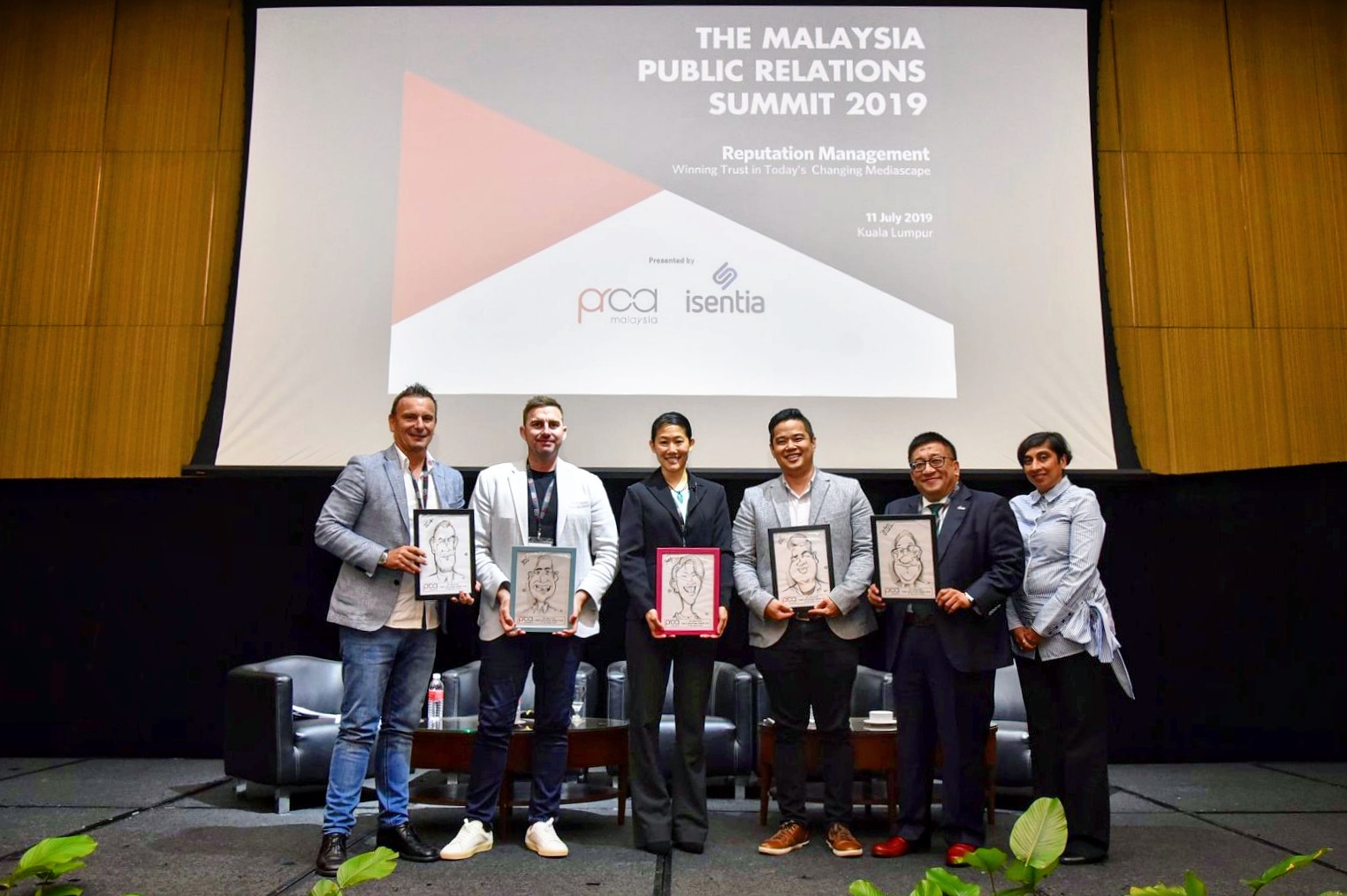
Recently, I was invited to be a panelist to discuss Building Reputation: Trust Deficit in the World of Fake News.
Here are the notes I prepared for myself (with some elaboration, specifically for this blog):
Point 1: The marketplace of reputation is built on the currency of trust.
Reputation provides the shorthand of trust – and becomes the lens by which we view the brand/company.
- When I joined Uber, we started with a trust deficit that cost us goodwill and the benefit of the doubt. For example: The #DeleteUber social backlash following the taxi strike in New York City. Uber sent out a tweet announcing its decision to suspend dynamic pricing after a taxi strike at JFK airport in protest of President Trump’s immigration ban. Uber was accused of trying to break the strike, leading to a #DeleteUber social backlash. However, the tweet was actually sent out over 30 minutes after the strike ended. Still, it fit the narrative of “bad boy Uber,” didn’t it?
- Contrast that to Samsung – whose Galaxy Note 7 phones were practically setting people on fire and being banned from flights all over the world. Yet, they bounced back following year with the critically acclaimed Galaxy Note 8.
- Netflix is a brand that is almost universally liked by its users. We have thousands of shows but you probably love it because the specific shows that you love. You probably forgive us for the thousands of other shows that you don’t.
However, communication doesn’t occur in a vacuum – this is where the of the media becomes vital. However, there is much to be discussed regarding the role of media as The Fourth Estate. Which leads to:
Point 2: Fake news is possible because it is possible to distrust the media.
So, in that vacuum, bad actors fill the void with misinformation.
Media plays a key role and it’s why I have a keen interest in the survivability of the media industry. My concern is that with increasing overheads and budgetary pressures, some are veering very close to pay to play models.
Point 3: So what are we doing about this?
- Building & Safeguarding our reputation and building trust has become far more important amidst the noise and fake news.
- We are also exploring models of becoming our own media channels – owned channels (I.e. newsrooms).
More pics here.




 Just as I was writing about my terrible ordeal with the telemarketer for the iStrategy2010 conference (on Social Media, no less) [
Just as I was writing about my terrible ordeal with the telemarketer for the iStrategy2010 conference (on Social Media, no less) [